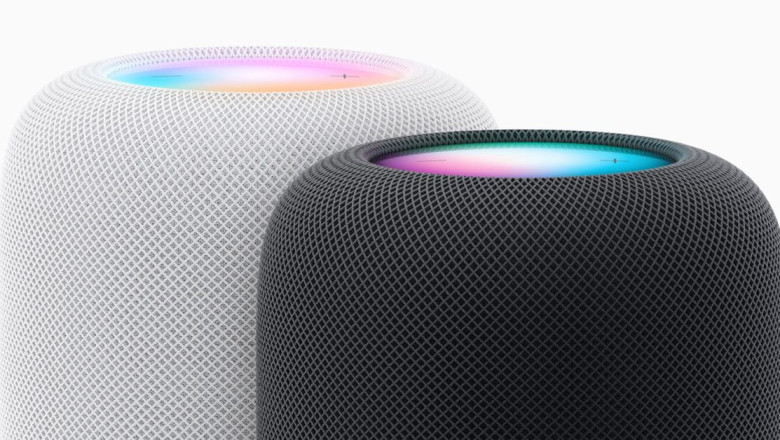
views
We’re seeing a few HomePod 2 first impressions pieces ahead of full reviews, but unfortunately they aren’t particularly enlightening.
Apple invited a small number of tech writers to hear the new version of the full-size HomePod, but seemingly only let them listen to brief snippets of a handful of songs …
Piecing together the comments in the various pieces, it appears that Apple played them just two tracks on a single HomePod 2, and two tracks on a stereo pair – and not necessarily the entire tracks!
CNET‘s Ty Pendlebury said that Apple played just 30 seconds of one song.
It’s always difficult to ascertain a speaker’s sound quality in a canned demo like this, and I’ll reserve any definitive thoughts until I get a review unit to test for myself.
The company began proceedings at its Tribeca loft with some pop music — including The Weeknd — and I was initially surprised to hear how small the speaker sounded. Despite offering 360-surround sound, I found the audio clung pretty closely to the speaker itself. With the next track Boomerang by Yebba, the company wanted to emphasize the HomePod’s spatial audio compatibility. And while there was a swirling effect in the 30 seconds they played, it wasn’t very obvious.
The most impressive part of the demo, though, was when the company added a second speaker, which made it a HomePod stereo pair. When playing Mystery Lady by Masego and Don Toliver the pallet immediately expanded — and not just by creating a stereo field. A percussion effect could be heard to the extreme left outside of the physical location of the cabinets.
Worth noting here is that although beamforming technology significantly adds to the wide soundstage effect described, and Spatial Audio (aka Dolby Atmos) recordings further boost this, any good stereo setup will create the illusion of sound arriving from beyond the speakers themselves.
In particular, as The Verge‘s Chris Welch notes, Apple loves to use a live recording of “Hotel California” to demonstrate HomePods – a recording that was beautifully created using a wide array of microphones to really deliver a fantastic soundstage.
Like its predecessor, the second-gen speaker exhibited a nice richness, multidirectional room-filling sound, and an emphasis on high-end clarity and detail. When used solo, it’ll likely rank in the upper tier of smart speakers with products like Amazon’s Echo Studio and Sonos speakers. Two of them together during a live version of “Hotel California” by The Eagles sounded splendid.
(Apple really loves using “Hotel California” in HomePod demos — we heard it back in 2018 when we got the first HomePod demo, too.) But this was in a controlled demo environment where ear-pleasing results were guaranteed.
The Street‘s Jacob Kroll also said he needed more time with the speaker to reach much of a conclusion.
Like the original HomePod, the latest version offers clear, rich audio that gets vibrant when needed and can be more reflective with a more acoustic track. I got that from this quick listen, but most impressively it’s still really loud with a wide soundstage that lets you hear different elements of the track.
I listened to a live version of the Eagles, “Hotel California.” This feature elements of the crowd which were presented lower in the front for playback, with the flowing guitar solo and other elements of the mix being layered on top. It was clear, not muddied, and an enjoyable listen. Two HomePods also spread the respective stereo parts of the mix to the extreme left and right. With “Faith” by The Weekend, the Spatial Audio approach was to push music upwards or downwards.
As a whole, I’ll need more time for a proper review of Apple’s latest smart speaker. But it’s fair to say that it can roll with the punches of other higher-end smart speakers like the original HomePod along with competing options from Bose, Sonos, or even Amazon. I’d still stand by that two of these paired together could outperform sound bars as well with crisp, room-filling sound.
TechRadar‘s Lance Ulanoff focused mostly on the soundstage.
Based on my listening experience, the HomePod 2 uses its wrap-around audio skills, and the technology backing it, to create an impressive, and immersive, audio landscape.
We started with a song called Everybody by Ingrid Michaelson. I sat maybe eight feet away from the speakers in a high-ceiling, mid-sized living room. It’s a beautiful tune, with Michealeson’s clear, bright, plaintive voice front and center. What I noticed immediately is, from a single HomePod 2, the excellent separation of acoustic instruments and her voice. I could clearly pick out a tambourine, guitar, and drum kit as distinct elements in the air. I wish I could’ve listened to the entire song, Michealeson’s voice is kind of magical […]
A live recording of The Eagles’ Hotel California highlighted the speaker’s ability to elevate individual instruments in the intro. I anxiously waited for Don Henley to start singing, not realizing the preamble extends almost a solid minute into the song. [Note from our Audio Editor: “Ah, first time?”] The left and right separation on the song and the HomePod 2 stereo pair’s ability to place the audience’s applause and reaction off to the side made it sound and feel like a real live performance.
TechCrunch‘s Brian Heater echoes my own view that the full-size HomePod must be viewed as a speaker that also happens to have a few smarts.
Unlike most of the competition, HomePod is a speaker first, smart home hub second. That’s not a knock on its smart home bona fides, mind — it’s an acknowledgement that the product is sound-first in a way that few other products in this category are.
He also noted the limitations of Apple’s brief demo.
It sounds really great. The isolation is terrific. The treble is clear. The bass is powerful, without being overwhelming […]
The system audio calibrates its EQ based on its location in a room. It utilizes the on-board accelerometer to recognize when it’s been lifted, and then takes about 20 or so seconds to adjust accordingly. That means, in theory, that you’ll get great sound regardless of whether it’s sitting against a wall or in the middle of a room (these are all the sorts of things I’ll feel confident saying once I’m able to bring a review unit home) […]
I didn’t have the opportunity to A/B test against an older HomePod yet. I’m curious how easy it is to hear the difference in real time. Given how many of the updates here can arrive in the form of software updates, it would be an interesting test.
As Heater says, Apple didn’t let them listen to the original HomePod and HomePod 2 back to back, something we might have expected if the company were confident in improved audio. Indeed, The Verge noted that Apple doesn’t even claim that it’s better.
Oddly, nowhere in Apple’s press release does the company claim that the new HomePod sounds better than the original. With other products, such as last year’s second-generation AirPods Pro, Apple directly mentioned improvements over the first model.
Given this, and the reduced number of tweeters, it does seem like Apple’s goal may have been to attempt to make the HomePod 2 acceptably close to the original HomePod, while reducing manufacturing costs.
While the HomePod 2 first impressions pieces aren’t particularly enlightening, full reviews are likely to follow early next week.












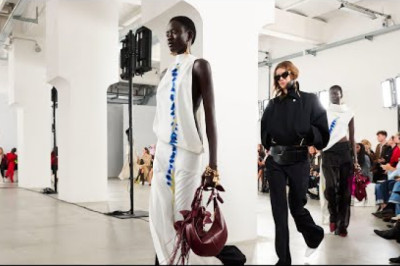

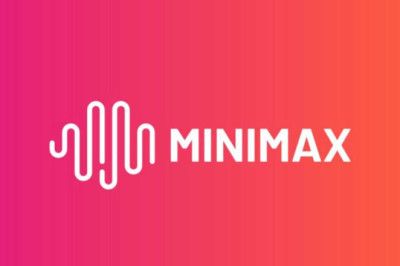
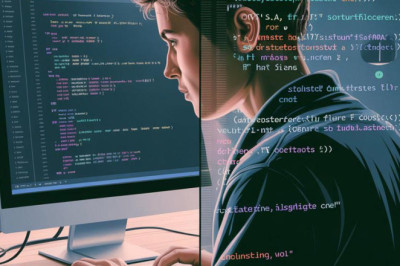
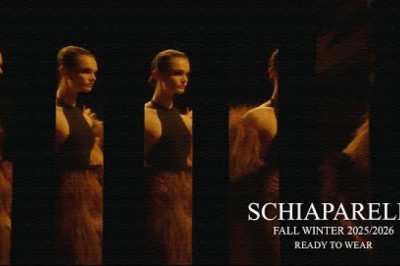
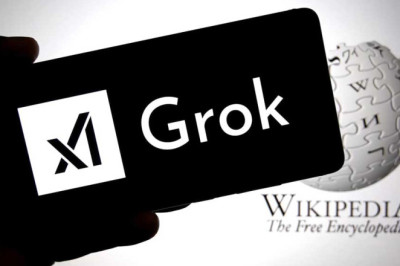


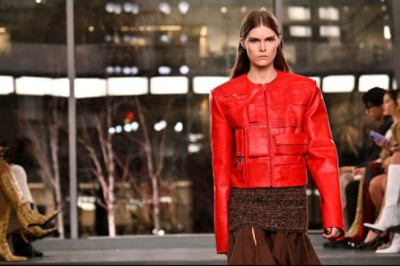
Comments
0 comment